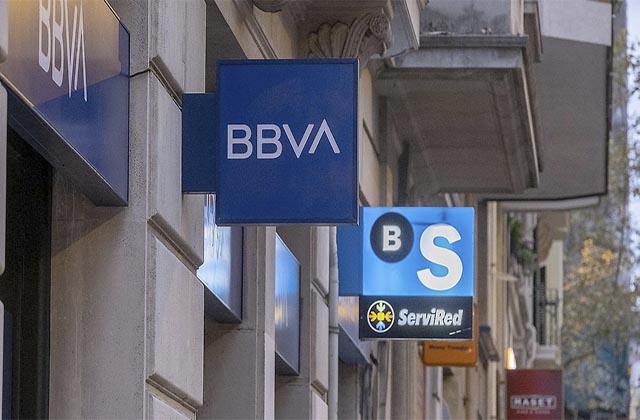Jefferies | With a low acceptance rate of 25%, BBVA’s takeover bid for Sabadell has reached a deadlock. We now expect management to focus on leaving the best possible impression. This implies the possibility of distributing 15% of market capitalisation in the short term and up to 40% in 2028. We expect the shares to react positively, given the implications that an acceptance level of less than 50% would have had in terms of capital requirements/distributions.
Last night, the National Securities Market Commission (CNMV) announced the results of the BBVA/SAB takeover bid. The acceptance rate was 25.47%, well below the level expected by most, if not all, market participants. This is a decisive development, especially as the market had begun to discount an acceptance scenario in which a cash takeover bid was likely.
This would not only have prolonged the process by another 3-4 months, but would have opened up new scenarios regarding the financing structure of the second phase of the operation.
Six minutes after the results of the takeover bid were published, BBVA announced that on 31 October it will restart the pending €1 billion buyback that had been suspended by the regulator. BBVA will also pay an interim dividend of €1.8 billion on 7 November. And as soon as it receives authorisation from the ECB, it will launch another share buyback. BBVA plans to distribute €36 billion to shareholders by 2028, equivalent to around 40% of its market capitalisation, of which around €13 billion (around 15% of market capitalisation) will be distributed in the short term.
The failed result will refocus the market on what we believe remains an attractive story on its own merits: a rare combination of high RoTE, above-average asset growth and a distribution capacity that remains robust. According to our figures, BBVA will have the highest RoTE among the major EU banks in 2027, at 22% or about 700 basis points above the sector average. BBVA currently trades at 1.6 times PTNAV (compared to European banks, which trade at 1.3 times).
If the transaction was generally perceived as a good strategic move for BBVA in the long term but a drag in the short term, given political opposition and delayed synergies during the three-year merger-free period, it is logical to assume that the opposite is now true. Although we do not see clear inorganic avenues for BBVA to increase its scale in its domestic market, the bank has sufficient ammunition to, at a minimum, leave a good result after the transaction.





